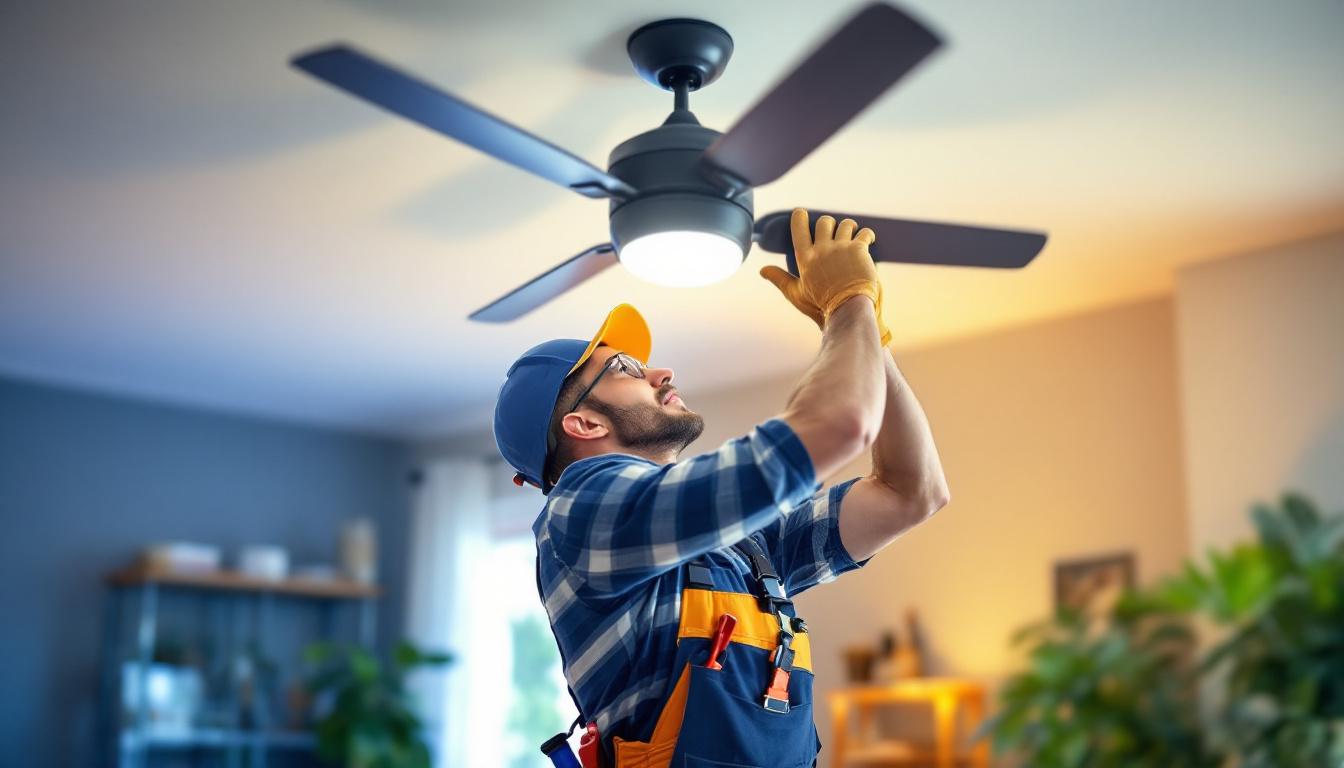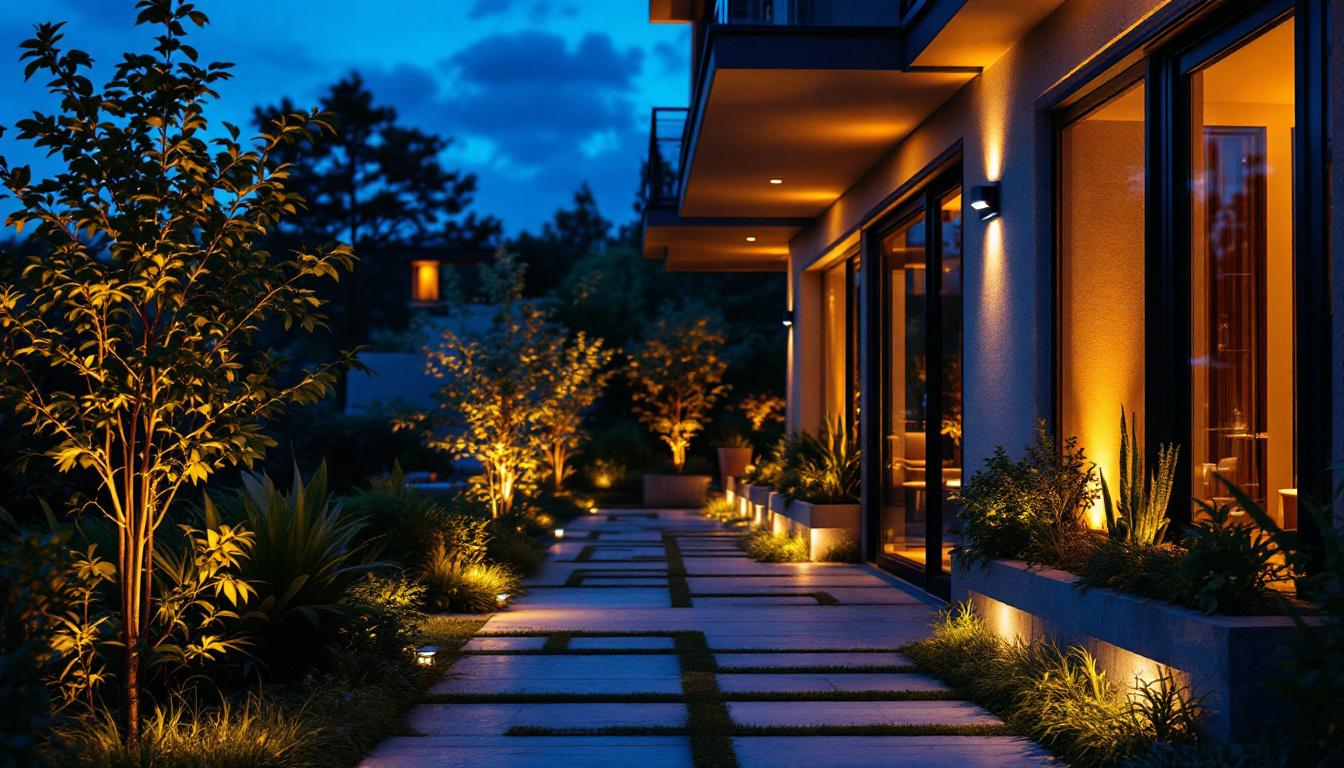
Fluorescent strip lights have become a staple in both residential and commercial lighting solutions. Their efficiency, versatility, and cost-effectiveness make them a popular choice among lighting contractors. This article delves into the essential aspects of fluorescent strip lights, providing valuable insights for contractors looking to enhance their knowledge and service offerings.
Fluorescent strip lights are elongated fixtures that house fluorescent tubes, providing broad and even illumination. They are commonly used in various applications, from office spaces to retail environments. Understanding the components and functionality of these lights is crucial for any lighting contractor.
A typical fluorescent strip light consists of several key components: the housing, ballast, fluorescent tubes, and reflectors. The housing is usually made of metal or plastic and is designed to protect the internal components while providing a sleek appearance.
The ballast is an essential element that regulates the current to the fluorescent tubes, ensuring they operate efficiently. It can be either magnetic or electronic, with electronic ballasts being more energy-efficient and offering improved performance. These electronic ballasts also help reduce flickering and humming, which can be distracting in work environments.
The fluorescent tubes themselves come in various lengths and color temperatures, allowing contractors to customize lighting solutions based on client preferences and specific application needs. Reflectors enhance light output by directing more light downward, increasing overall efficiency. Additionally, some strip lights come with integrated diffusers that help to soften the light and reduce glare, making them ideal for spaces where comfort is a priority.
Fluorescent tubes are available in a variety of types, including T5, T8, and T12. The number indicates the diameter of the tube in eighths of an inch; for example, a T8 tube is one inch in diameter. T5 tubes are the most compact and energy-efficient, while T12 tubes are larger and less commonly used due to their lower efficiency. The choice of tube type can significantly impact energy consumption and lighting quality, making it a crucial consideration for contractors.
Each type of tube offers different lumen outputs and color temperatures, ranging from warm white to cool white and daylight options. Understanding these variations allows contractors to recommend the best options for their clients’ needs. For instance, warm white tubes create a cozy atmosphere suitable for residential settings, while cool white and daylight tubes are often preferred in commercial spaces where clarity and alertness are essential. Furthermore, advancements in fluorescent technology have led to the development of high-output and low-energy options, providing even more flexibility for lighting design.
Fluorescent strip lights provide numerous benefits that make them a preferred choice for many lighting applications. Their energy efficiency, longevity, and versatility are just a few reasons why they remain popular among contractors.
One of the most significant advantages of fluorescent strip lights is their energy efficiency. Compared to traditional incandescent bulbs, fluorescent lights use about 75% less energy while producing the same amount of light. This efficiency translates into lower electricity bills for clients and a reduced environmental impact.
Moreover, many fluorescent lights are designed to work with electronic ballasts, further enhancing their energy-saving capabilities. This means that contractors can offer clients a sustainable lighting solution that aligns with modern energy standards. Additionally, the reduced heat output of fluorescent lights not only contributes to energy savings but also minimizes the load on air conditioning systems, making them an ideal choice for commercial spaces that require consistent temperature control.
Fluorescent strip lights have a longer lifespan than incandescent bulbs, often lasting up to 20,000 hours or more. This longevity means less frequent replacements, reducing maintenance costs for clients. For contractors, this translates to fewer service calls and a more satisfied customer base.
However, it is essential to educate clients about the proper handling and disposal of fluorescent tubes, as they contain small amounts of mercury. Providing guidance on safe disposal methods can enhance the contractor-client relationship and promote responsible practices. Furthermore, many manufacturers are now producing eco-friendly fluorescent options that either minimize or eliminate the use of hazardous materials, allowing contractors to offer even greener solutions. The evolution of fluorescent technology also includes advancements in color temperature and light quality, ensuring that clients can achieve the desired ambiance in their spaces without compromising on performance.
Proper installation of fluorescent strip lights is crucial for optimal performance and safety. Lighting contractors must be aware of various factors that can influence the installation process.
When installing fluorescent strip lights, placement and spacing are critical to achieving even illumination. Contractors should consider the size of the space, the height of the ceiling, and the intended use of the area when determining how many fixtures are needed and where to position them.
In general, fixtures should be spaced evenly to avoid dark spots and ensure uniform light distribution. For example, in a workspace, placing fixtures 4 to 6 feet apart is often effective, but this can vary based on specific requirements.
Electrical wiring is another important aspect of installation. Contractors must ensure that the electrical system can handle the load of the fluorescent strip lights. This includes checking the circuit capacity and ensuring that the correct gauge of wiring is used.
Additionally, it is essential to follow local electrical codes and regulations during installation. This not only ensures safety but also helps avoid potential legal issues down the line.
Fluorescent strip lights are versatile and can be used in a variety of settings. Understanding the common applications can help contractors better serve their clients and expand their service offerings.
In commercial settings, fluorescent strip lights are often used in offices, retail stores, and warehouses. Their ability to provide bright, even lighting makes them ideal for environments where visibility is crucial. In offices, they can help reduce eye strain and improve productivity among employees.
In retail spaces, the right lighting can enhance product displays and create an inviting atmosphere for customers. Contractors can work with clients to select the appropriate color temperatures and fixture placements to achieve the desired effect.
Fluorescent strip lights are also gaining popularity in residential applications. They can be used in kitchens, garages, and basements, providing bright, functional lighting where it is needed most. In kitchens, for example, they can be installed under cabinets to illuminate countertops effectively.
Contractors should consider the aesthetic aspects of residential installations, as well. Offering various fixture designs and finishes can help clients achieve a cohesive look in their homes.
While fluorescent strip lights offer many benefits, there are also challenges that contractors may encounter. Being aware of these potential issues can help contractors provide better service and solutions to their clients.
One common issue with fluorescent strip lights is flickering, which can be caused by several factors, including faulty ballasts, poor electrical connections, or aging tubes. Contractors should be prepared to troubleshoot these issues and recommend solutions, such as replacing the ballast or tubes as needed.
Additionally, dimming fluorescent lights can be tricky, as not all fluorescent fixtures are compatible with dimmer switches. Contractors should ensure that clients are aware of this limitation when discussing options for adjustable lighting.
Fluorescent lights contain small amounts of mercury, which raises environmental concerns regarding disposal. Contractors should educate clients about the importance of proper disposal methods and the availability of recycling programs for fluorescent tubes.
By promoting responsible practices, contractors can enhance their reputation as environmentally conscious professionals while helping clients navigate the complexities of fluorescent lighting.
As technology continues to evolve, the future of fluorescent strip lights may be influenced by emerging trends in the lighting industry. While LED technology is rapidly gaining popularity, fluorescent lights still have a place in the market.
One trend that may shape the future of fluorescent strip lights is the integration of smart technology. As smart home systems become more prevalent, there is potential for fluorescent fixtures to be equipped with smart controls, allowing users to adjust brightness and color temperature remotely.
This integration can enhance the functionality of fluorescent strip lights, making them more appealing to tech-savvy clients. Contractors should stay informed about these developments to provide cutting-edge solutions to their customers.
Despite the rise of LED technology, fluorescent strip lights will likely continue to be relevant in commercial settings. Many businesses still rely on fluorescent lighting due to its cost-effectiveness and proven performance.
Contractors can position themselves as knowledgeable professionals by understanding the benefits and limitations of both fluorescent and LED options. This knowledge will enable them to provide tailored solutions that meet the specific needs of their clients.
Fluorescent strip lights remain a valuable option for lighting contractors, offering energy efficiency, longevity, and versatility across various applications. By understanding the components, benefits, installation considerations, and potential challenges associated with these fixtures, contractors can better serve their clients and enhance their service offerings.
As the lighting industry continues to evolve, staying informed about emerging trends and technologies will ensure that contractors remain competitive and relevant. Embracing both traditional and innovative lighting solutions will enable contractors to meet the diverse needs of their clients and contribute to a sustainable future in lighting.
Ready to elevate your lighting solutions with the efficiency, longevity, and versatility of fluorescent strip lights? Look no further than LumenWholesale for all your lighting needs. We provide contractors with high-quality, spec-grade lighting products at the most competitive wholesale prices. Say goodbye to local distributor markups and hello to our extensive selection that meets the highest industry standards. With free shipping on bulk orders, you can trust that you’re getting premium lighting at the best value — without any hidden fees. Make your next project shine and experience the best in wholesale lighting at LumenWholesale.

Discover essential tips and expert techniques for lighting contractors to efficiently replace fans.

Discover effective strategies for lighting contractors to tackle common challenges with LED light fixtures.

Discover why LED solar flood lights are essential for any successful lighting project.

Discover how log cabin lighting fixtures not only enhance the rustic charm of your space but also significantly improve safety in lighting installations.